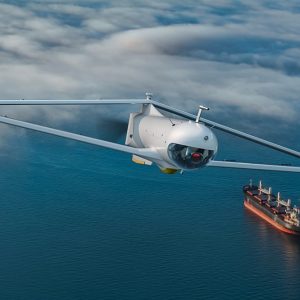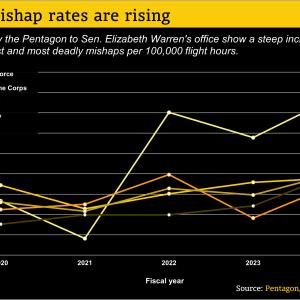Indonesia signs for 48 KAAN fighter jets
Türkiye and Indonesia have signed a government‑to‑government contract for 48 KAAN fifth‑generation fighter jets, finalised during IDEF 2025 at Istanbul Expo Center on 26–29 July 2025. The KAAN fighter jet Indonesia deal marks the type’s first export order and establishes a long‑term industrial partnership centred on technology transfer, training and sustainment.
Key Facts
- Contract: 48 KAAN aircraft for the Indonesian Air Force (TNI‑AU).
- Signed: IDEF 2025, Istanbul — official announcements dated 28–29 July 2025.
- Partners: Turkish Aerospace (TUSAŞ) with Indonesian partners PT Dirgantara Indonesia (PTDI) and PT Republik Aero Dirgantara (PT RAD) for localisation, MRO and training.
- Industrial scope: production engineering, technology transfer, pilot/ground‑crew training; localisation of sustainment infrastructure in Indonesia.
- Value: widely reported at ~$10 billion over the life of the programme.
- Deliveries: planned over ~10 years, aligned to KAAN serial production ramp.
- Programme status: KAAN first flight on 21 February 2024; Block‑based production approach.
Context: Türkiye’s fifth‑generation programme enters the export arena
KAAN is Türkiye’s indigenous twin‑engine stealth fighter developed by Turkish Aerospace (TUSAŞ) under the stewardship of the Defence Industry Agency (SSB). Following its maiden flight in February 2024, the programme has progressed towards serial production with a block‑upgrade roadmap and an interim reliance on GE F110 engines before transition to a domestic powerplant. The Indonesian contract signals international confidence in the design and unlocks economies of scale for production and sustainment.
Agreement details and industrial cooperation
The contract signed at IDEF 2025 codifies a broad technology‑transfer (ToT) and industrial participation package. PTDI and PT RAD are slated to support final assembly tasks, depot‑level maintenance and the stand‑up of training/MRO facilities in Indonesia. TUSAŞ will provide pilot and ground crew training, with a roadmap for increasing local content across the programme lifecycle. This framework is designed to develop Indonesia’s aerospace capacity while ensuring a sustainable in‑country support ecosystem.
Operational and regional implications
For TNI‑AU, 48 fifth‑generation platforms will anchor a future force structure alongside existing and planned fleets (e.g., Rafale and F‑15EX), strengthening air‑superiority and long‑range precision options. Regionally, the deal introduces a new supplier into the Indo‑Pacific fighter market and may catalyse coalitions of sustainment and training with other potential KAAN customers.
Programme schedule and delivery outlook
Officials describe a ~10‑year delivery profile tied to KAAN’s serial production ramp. Türkiye targets the first limited‑capacity Block‑10 deliveries for its own air force around the late‑2020s, with export deliveries following the national induction sequence. The Indonesian workshare and facility build‑out will run in parallel to support through‑life sustainment and training.
Risks, dependencies and counter‑arguments
Two programme variables deserve attention. First, engine supply: early KAAN blocks use F110 engines while Türkiye accelerates an indigenous engine effort; any export‑control friction could affect schedules. Second, funding synchronisation on the buyer side: observers in Jakarta note the need for clear multi‑year appropriations to keep the 48‑aircraft profile on track. Both risks are manageable but warrant monitoring as milestones approach.
Why it matters
This is a strategic export breakthrough for Türkiye’s defence and aerospace sector, pairing a fifth‑generation platform with an industrial co‑development model. For Indonesia, the agreement accelerates sovereign sustainment and workforce upskilling while diversifying suppliers—an increasingly common hedging strategy across the Indo‑Pacific.
Related analysis on Defence Agenda: see how AI and robotics are reshaping land warfare and our coverage of the Airbus–Thales–Leonardo space consolidation for context on European industrial strategies.
References
- Indonesia Ministry of Defense announcement (28 July 2025)
- Reuters: Indonesia signs contract to buy 48 KAAN (29 July 2025)
- Aviation Week: Contract for 48 KAAN signed at IDEF 2025 (28 July 2025)
- AeroTime: Indonesia and Türkiye sign for 48 KAAN (29 July 2025)
- Anadolu Agency: TUSAŞ signs KAAN export deal with PTDI & PT RAD (24 July 2025)
- TUSAŞ press release: 48‑aircraft KAAN contract (IDEF












